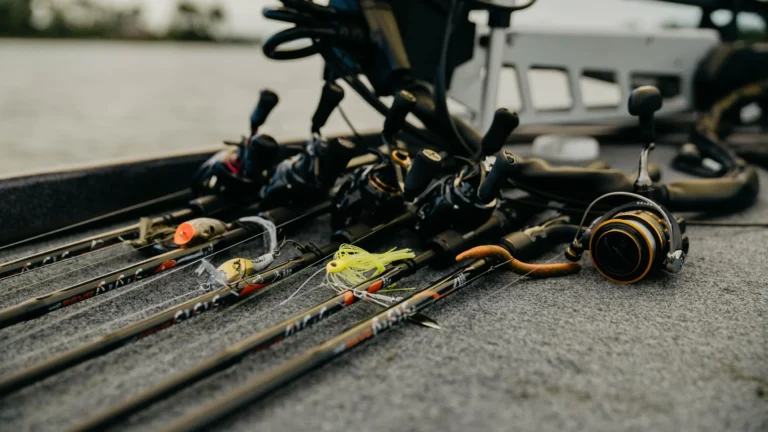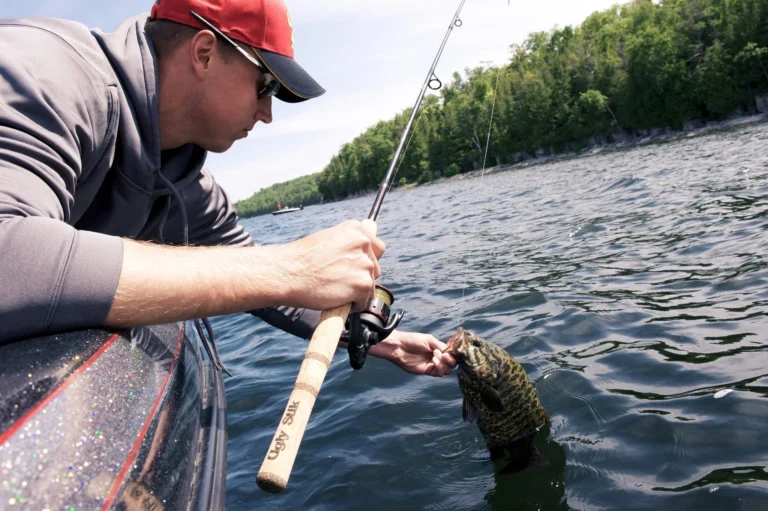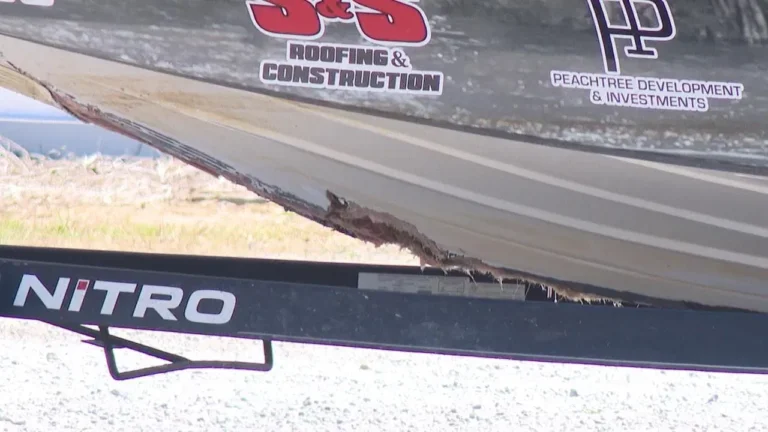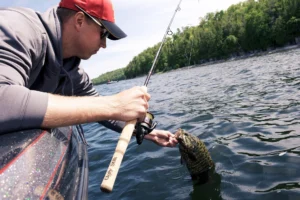As winter loosens its grip and the water starts warming up, bass anglers across the country are grabbing their gear and heading to the water. Spring is one of the best times of year to catch big bass, but it also comes with its own set of challenges. Understanding bass behavior during this transitional season is key to upping your odds of success.
Here are some essential spring bass fishing strategies to help you make the most of your time on the water.
1. Understand the Stages of the Spawn
Spring bass fishing revolves around three key phases: pre-spawn, spawn, and post-spawn. Knowing where bass are in this cycle can help you determine where to find them and what techniques to use.
- Pre-Spawn: Bass begin moving from deeper wintering areas to shallower water. They’re aggressive and feeding heavily. Look for staging areas near spawning flats—points, channel bends, and drop-offs.
- Spawn: As the water warms to around 60–70°F, bass move onto beds. You’ll often see them in shallow, protected areas. This is a great time for sight fishing.
- Post-Spawn: After laying eggs, bass are tired and can be finicky. Males stay shallow to guard fry, while females often move to nearby cover to rest and feed lightly.
2. Follow the Water Temperature
Water temperature is one of the biggest clues in spring bass fishing. Use a thermometer to track changes as you move around the lake or river.
- 50–55°F: Pre-spawn begins. Use reaction baits like jerkbaits, lipless crankbaits, or chatterbaits to cover water and trigger strikes.
- 55–65°F: Spawning gets underway. Soft plastics like lizards, creature baits, and tubes work well for bedding fish.
- 65–70°F and up: Post-spawn phase. Slow down with finesse presentations or target fry-guarding males with topwater baits or small swimbaits.
3. Pick the Right Baits
Your lure choice should match the season, conditions, and fish behavior. Here are a few spring go-tos:
- Jerkbaits: Deadly in cold to mid-50s water for suspended or staging bass.
- Lipless Crankbaits: Great for covering water and triggering reaction strikes.
- Spinnerbaits: Ideal in stained water or windy conditions.
- Soft Plastics: Senkos, lizards, and craws excel during the spawn.
- Topwater: Frogs, poppers, and walking baits can be killer during late spring or early summer mornings.
4. Pay Attention to Water Clarity
Water clarity can affect bass location and mood. In murky water, bass will stay tighter to cover and rely on vibration or silhouette. Bright, noisy baits are often best. In clear water, go more natural—subtle colors and quieter presentations work better, especially when sight fishing.
5. Don’t Overlook Cover
Bass use cover for ambush and protection, especially during and after the spawn. Key areas to target include:
- Submerged vegetation
- Fallen trees
- Docks
- Brush piles
- Rock transitions
Pitching or flipping into tight cover with jigs or Texas-rigged plastics can produce big bites, especially on pressured lakes.
6. Be Stealthy and Observant
In shallow spring waters, stealth is crucial. Approach quietly, reduce trolling motor noise, and use polarized sunglasses to spot bedding fish. Watch for movement, shadows, or changes in the bottom—these clues often point to bass activity.
Final Thoughts
Spring is prime time for bass fishing, and with the right strategies, you can have some of your best days on the water. Pay attention to water temps, adjust your presentation with the spawn phase, and be ready to adapt. The fish are there—you just have to meet them where they are.
Tight lines and happy spring fishing!









